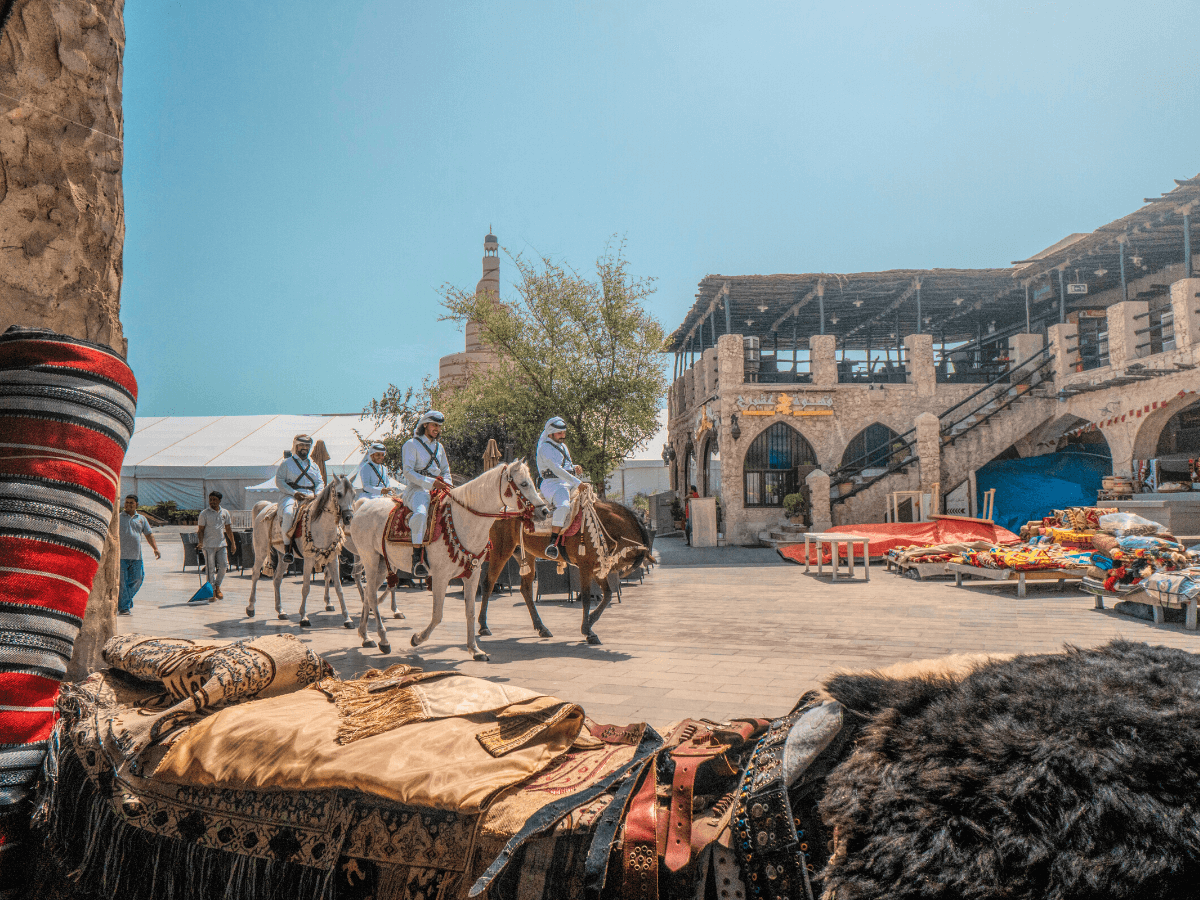Arabic is one of the world’s most incredible languages. Arabic is part of the Semitic language family, which incorporates dialects like Aramaic and Hebrew. Like most other Semitic dialects, Arabic is composed from right to left. Varieties of the Arabic language are spoken by over 400 million individuals. Arabic is the official language in 22 nations and also plays a vital role in numerous nations that share borders with the Arab world such as Ethiopia, Chad, Niger, Mali, and Somalia. Additionally, there are parts of Turkey and Southern Iran that contain Arabic-speakers.
The Arabic language has held the status of being an official language at the United Nations since 1974 and it’s the language of the Quran (the Muslim Holy Book). We will be comparing the different types of Arabic dialects and the influence it has on each region.
Difference Between Modern Standard Arabic and Dialects
Modern Standard Arabic (MSA) is the language used for official communication in Arab countries. MSA is used in schools and university curriculums, media, road signs, and official documents and archives. MSA is standardized across all Arab countries and it’s used as a common and trade language across the Arab world. MSA makes it workable for Arabs of various nationalities to easily understand each other putting aside ambiguities and errors brought by regional dialects.
An Arabic dialect (aka casual or colloquial Arabic) is used for everyday conversations. It is spoken at home and among family, friends, and colleagues. It is also used in TV shows and movies. There are many differences between MSA and Arabic dialects such as sentence structure, vocabulary, and pronunciation of words. Dialects incorporate a lot of slang and culturally relevant vocabulary and the grammatical structure is less complex.
Colloquial Arabic can be categorized into 9 main dialect groups:
- Hassaniya Arabic (Mauritania)
- North African Arabic (Morocco, Algeria, Tunisia, and Libya)
- Egyptian Arabic
- Levantine Arabic (Lebanon, Syria, Jordan, Israel, and Palestine)
- Yemeni Arabic (Yemen & southwestern Saudi Arabia)
- Gulf Arabic (Kuwait, Bahrain, Qatar, the U.A.E., and Oman)
- Hejazi Arabic (Western Saudi Arabia)
- Najdi Arabic (Central Saudi Arabia)
- Mesopotamian Arabic (Iraqi Arabic)
North African Arabic can be a genuine test to understand, even to Arabs of the Middle East. Differences between the Arabic of the Middle East (Egypt, Syria, Iraq, the Gulf, Lebanon, and Palestine) are few which makes it easy for Arabs of various nationalities to understand each other with little or no difficulty.
The Egyptian media industry has played a predominant role in the Arab world, making Egyptian Arabic the most popular Arabic dialect. Egyptian movies, TV shows, comedies, and music have been extremely popular amongst Arabs worldwide.
Hassaniya Arabic
Hassānīya is an assortment of Maghrebi Arabic spoken by Mauritanian Arab-Berbers and the Sahrawi with around 2.9 million speakers. It was spoken by the Beni Ḥassān Bedouin clans, who expanded their position over the greater part of Mauritania and Morocco’s southeastern and Western Sahara.

North African Arabic
Also known as Maghrebi Arabic is an Arabic dialect spoken in the Maghreb district (Morocco, Algeria, Tunisia, Libya, Western Sahara, and Mauritania.) It incorporates Moroccan, Algerian, Tunisian, Libyan, and Hassaniya Arabic. Speakers of Maghrebi Arabic are basically Arab-Berbers who call their language Derdja, Derja, Derija or Darija (Arabic: الدارجة; signifying “to rise or propel bit by bit”); serves to separate the daily spoken dialect from the Modern Standard Arabic.
Egyptian Arabic
Egyptian Arabic, known as Masri, is the most renowned and most spoken lingo in Egypt.It is the primary language of 92 million Egyptians, yet understood by everyone who speaks Arabic around the world. Egyptian Arabic has numerous differences in comparison to Modern Standard Arabic (MSA). It additionally has been impacted by various different dialects, including Coptic, Turkish, French, and English.
Washwasha (وشوشا), a word unique to Egypt, meaning whispering. Egyptians are known for being loud, yet when they tend to tell a secret they whisper it.
Example: Enough washwasha for today.
Shibshib (شبشب), unique to Egypt, and it means flip flops.
Example: Keep your shibshib outside.
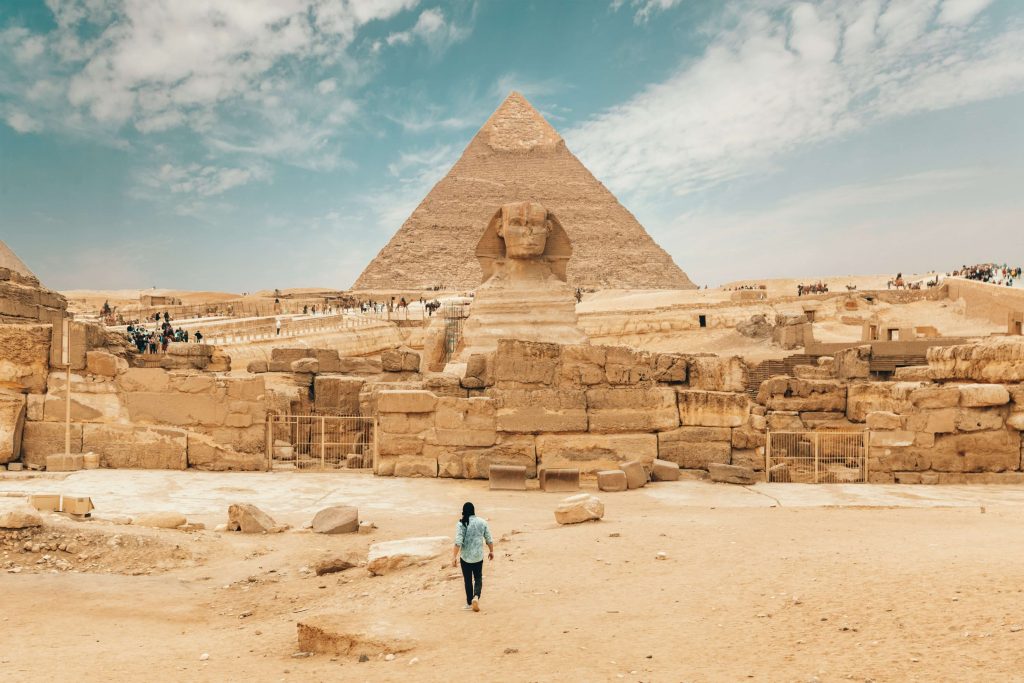
Levantine Arabic
The Levant region is situated in the Eastern Mediterranean and Levantine incorporates Lebanon, Jordan, Palestine, Israel, and Syria. Taking into consideration the culture and legacy, Levantine Arabic is known all over the Arab world. The language has become famous over the recent years due to TV shows, and Turkish dramas in the Levantine dialect. Check out these common Lebanese phrases to use during your trip to Lebanon.
Sabaho/ Sabah el kheir (صباح الخير / صباحو), meaning good morning.
Shlonak?/ Kifak? (كيفك؟ / شلونك؟), Meaning how are you?
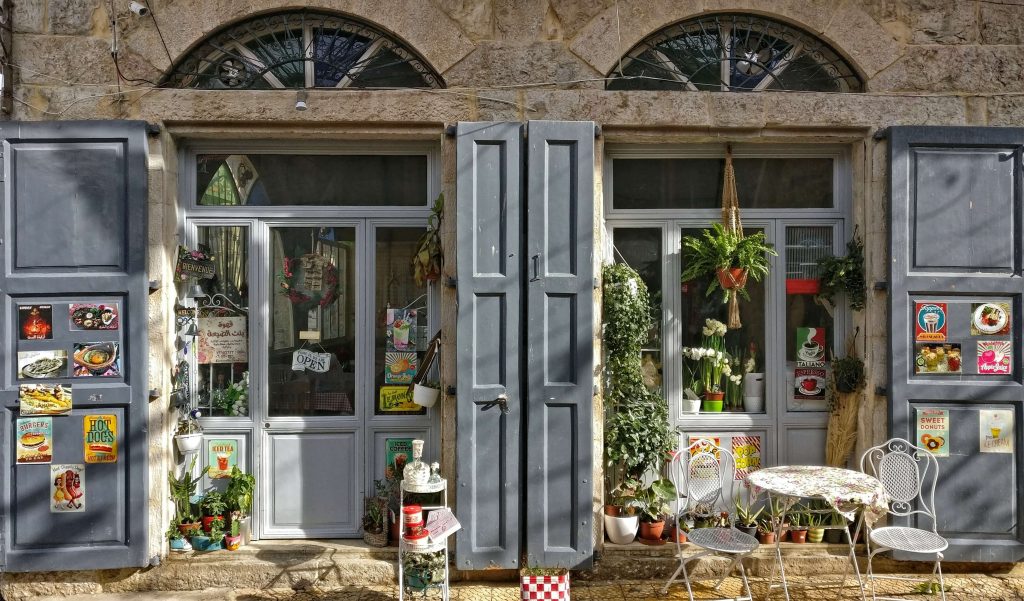
Yemeni Arabic
Yemeni Arabic is spoken in Yemen, Somalia, Djibouti, and southwestern Saudi Arabia with around 15.1 million speakers. It is commonly viewed as a preservationist dialect, having numerous old styles not found across the majority of the Arabic-speaking world. Yemeni Arabic (alongside the Hijazi Arabic spoken in Southwestern Saudi Arabia) is perhaps the only Arabic dialect that remains close to the Modern Standard Arabic (MSA). In contrast to most Arabic vernaculars, Yemeni Arabic remains nearer to MSA by not putting a prefix on its current state action words and will, in general, maintain a strategic distance from the Ism Fa’al conjugation that is frequently utilized in various tongues (2ana arou7 أنا أروح rather than 2ana raa2ee7 أنا رايح).
Gulf Arabic
Gulf Arabic is spoken in Eastern Arabia around the shores of the Persian Gulf in Kuwait, Bahrain, Qatar, the United Arab Emirates, parts of eastern Saudi Arabia, southern Iraq, and south Iran and northern Oman. Gulf Arabic speakers amount to around 36 million speakers throughout the Arab world.
Wayed (وايد), unique to the Gulf dialect, it means “a lot” or “very.”
Example: This car is wayed luxurious.
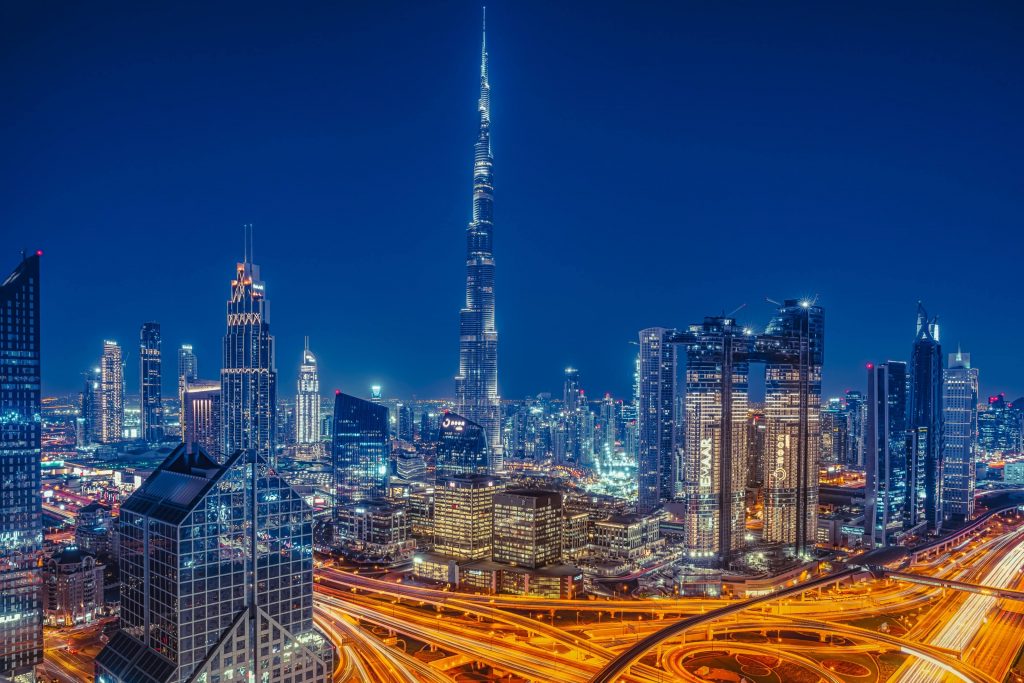
Hejazi Arabic
Hejazi Arabic, otherwise called West Arabian Arabic, is spoken in the Hejaz area in Saudi Arabia. There are two principle lingos spoken in the Hejaz district, one by the urban populace, initially spoken in the urban areas of Jeddah, Mecca and Medina, and another by the Bedouin or rustic populaces.
Dawri (دوري), meaning league.
Example: This year’s winner of the football dawri will be our home team.
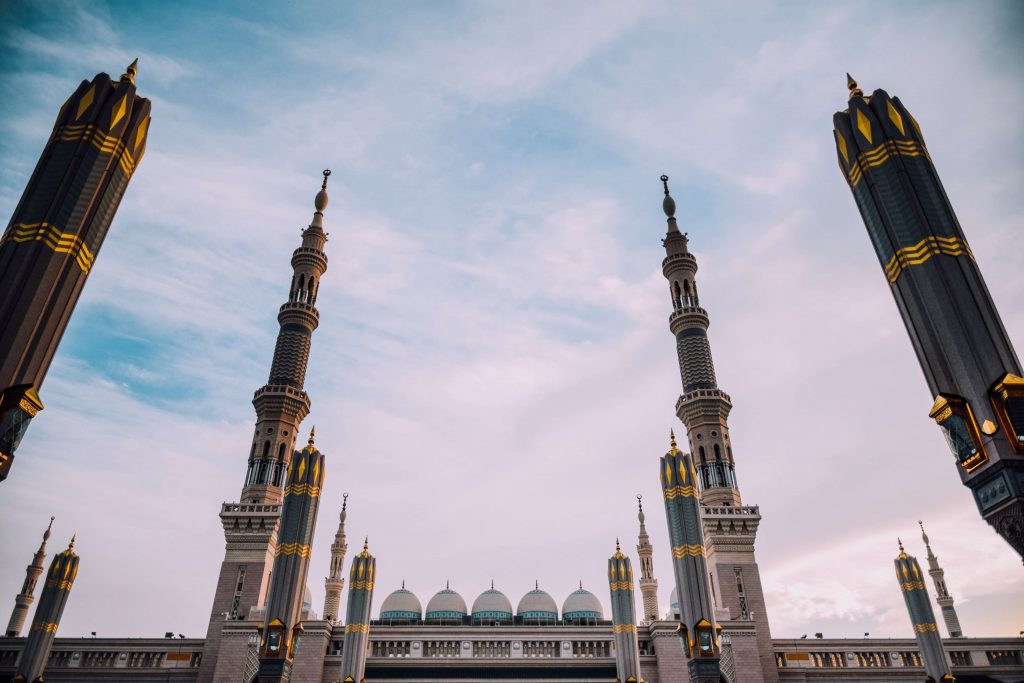
Najdi Arabic
Najdi Arabic is spoken in Saudi Arabia with 4.5 million speakers. A few areas outside of Najd, including the Eastern province of Saudi Arabia, Al Jawf, Najran, and Northern Borders Regions are for the most part consists of Najdi speakers.
Zain (زينْ), meaning okay in Najdi.
Mesopotamian Arabic
Also known as Iraqi Arabic, the dialect has around 15.7 million speakers. Iraqi Arabic has broadly been borrowed from the Turkish, Persian, Aramaic, and Akkadian. Dialects.
Hacha’ (هجع), the word Iraqi’s use for dancing.
Example: Let’s go out for soma hacha’!
Note: Arabic doesn’t have a case differentiation. There are no capitalized or lowercase letters. When letters are joined into words, most letters interface with each other. The letters are generally consonants, however, three of them are long vowels which are (ا)=/ā/, (ي)=/ī/, (و)=/ū/.
Conclusion
MSA is the common language between all Arabic speaking countries while dialectical Arabic is the informal language that Arabs used to communicate in daily lives. If you are wondering which dialect you should learn then you should consider learning the Arabic dialect of a country that you have an interest in or a country you will be often traveling to. If you don’t have a specific preference you can choose to learn the most widely understood dialect – Levantine or Egyptian.
Our Arabic MSA and Dialect Bundle is a great way to start your Arabic language journey. You don’t have to choose between MSA or a dialect. Learning both can make you a more confident Arabic speaker. Start learning Arabic online now.
Andrie Steliou
Latest posts by Andrie Steliou (see all)
- 8 Ways to Help Keep Your Child Focused and Engaged in Online Learning - October 19, 2022
- How to Improve Social Intelligence Skills? - May 10, 2022
- How to Improve Organizational Skills at Workplace? - May 6, 2022

